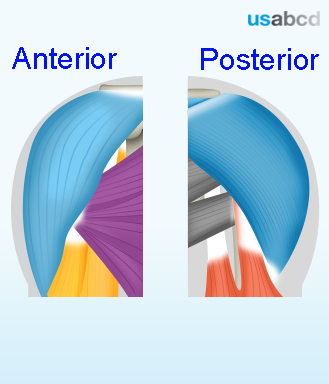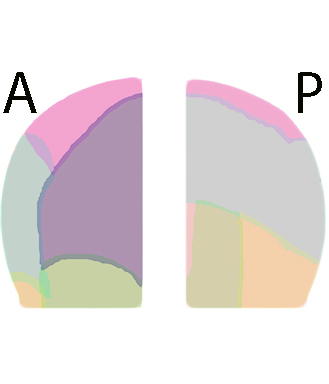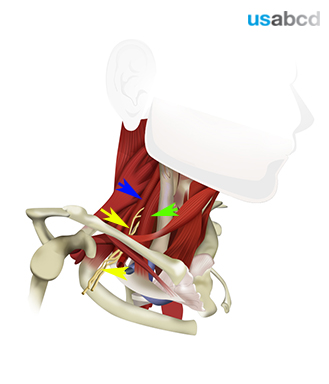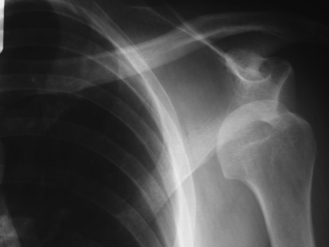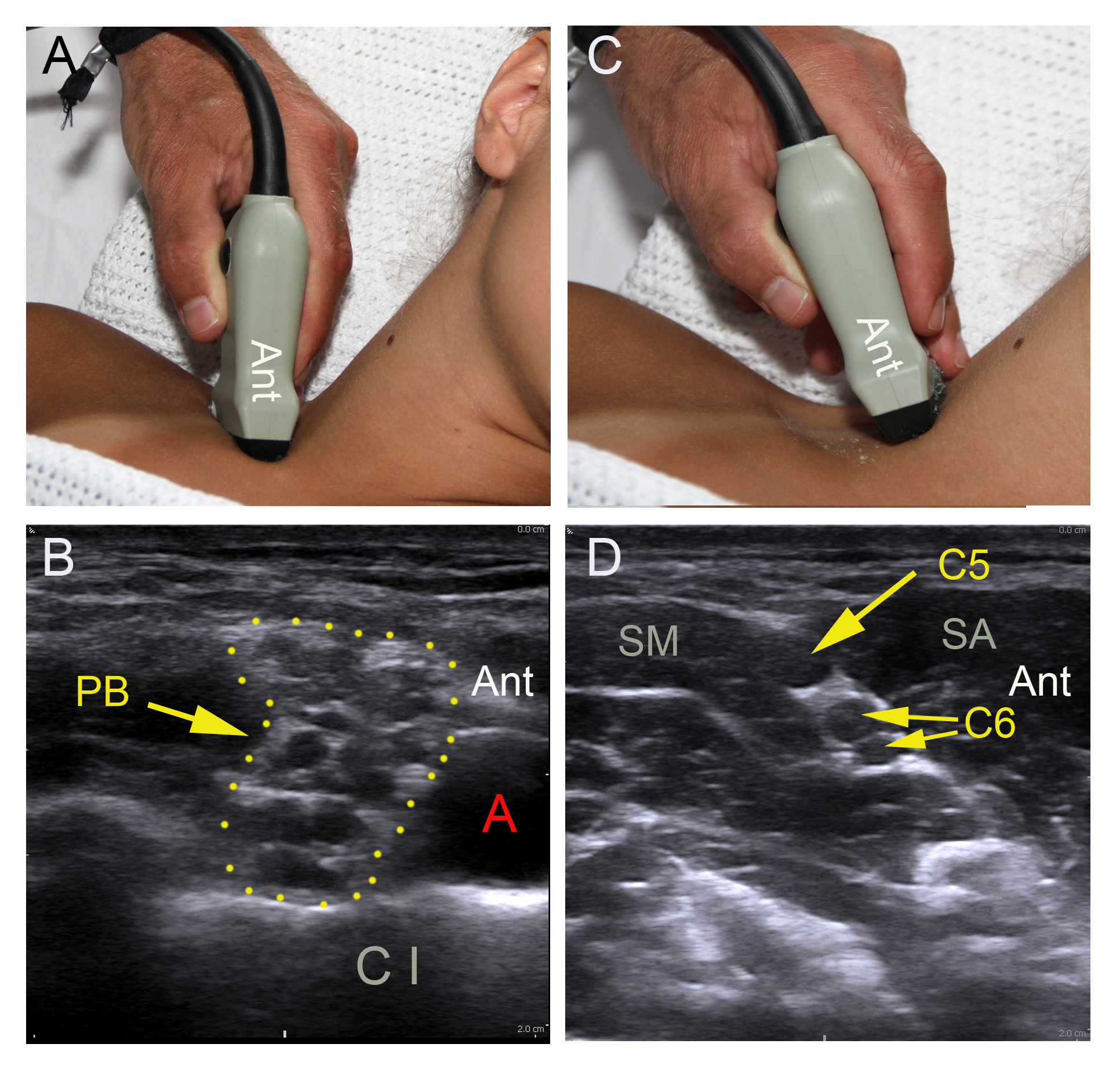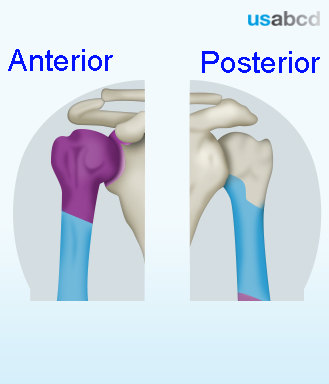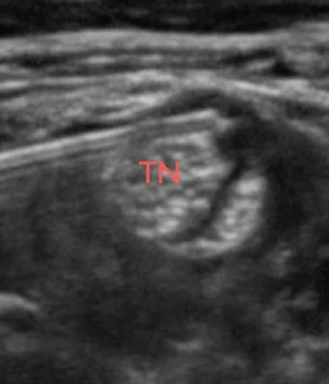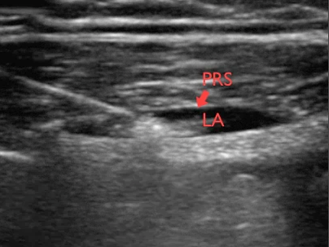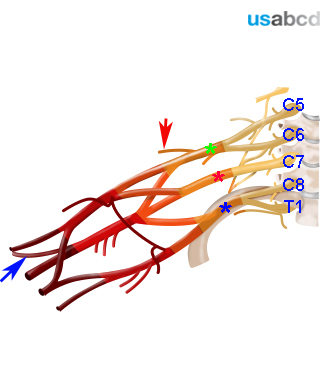Each spinal nerve can be tracked from the branches of the brachial plexus in the transition zone behind the subclavian artery on top of the first rib to the sulcus of the spinal nerve of each transverse process
Click on the VIDEO CLIP button to view the video
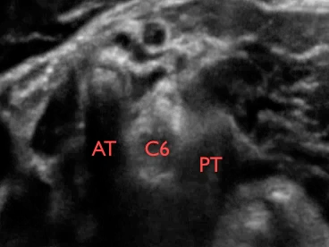
AT = anterior tubercle; PT = posterior tubercle; C5, C6, C7, C8, and T1 = the spinal nerve roots of the brachial plexus

